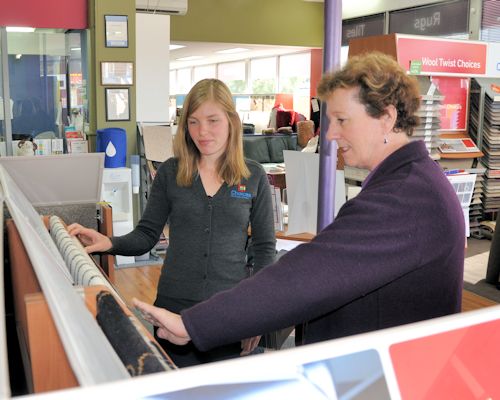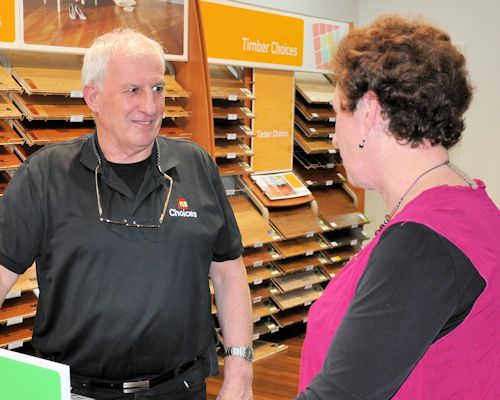Body language
 Audio for slide 1 (mp3 |6|KB)
Audio for slide 1 (mp3 |6|KB)
It includes all of the ways people express themselves through their gestures, facial expressions and body poses.
Some aspects of body language can be carefully managed, such as the way you nod and maintain eye contact to look interested in what someone is saying.

 Audio for slide 2 (mp3 |6|KB)
Audio for slide 2 (mp3 |6|KB)
So even though you may not be aware of it at the time, the non-verbal signals you display are very powerful ways of showing how you feel at any given moment.
Some researchers believe that when people are speaking to each other face-to-face, up to 80% of the message is conveyed through non-verbal means - that is, via body language, tone of voice, clothing, distance from each other, and so on.

 Audio for slide 3 (mp3 |6|KB)
Audio for slide 3 (mp3 |6|KB)
Creating a good impression
First impressions last - as the advertising slogan goes.
In other words, the first impression you make on others is a long lasting impression.
And once the other person has formed an initial judgement about you - either rightly or wrongly - it will be very hard for you to change their view.

 Audio for slide 4 (mp3 |6|KB)
Audio for slide 4 (mp3 |6|KB)
That's why it's so important when you meet a client for the first time that your non-verbal signals convey an image of being professional and responsive to their needs.
Here are some examples of non-verbal signals that would help to create a good impression in the mind of the client:
- smiling to indicate friendliness
- maintaining eye contact to show you're paying attention
- nodding to show you understand.

 Audio for slide 5 (mp3 |6|KB)
Audio for slide 5 (mp3 |6|KB)
When a client likes your attitude and is impressed with your professionalism, they will be easier to deal with and more willing to help you solve problems that might crop up during the course of the job.
They'll also be much less likely to nit-pick over slight defects in the workmanship or materials in the finished project.
Above all, happy clients provide a feel-good factor to the work you do, over and above the payment you receive for the job.
They're also the best form of advertising you can get for future business - personal referrals from a satisfied customer.


Learning activity
Audio 6 (mp3 |6|KB)Most people are very good at reading the facial expressions of others to determine how they're feeling.
Have a look at the cartoons below showing a range of different moods. See if you can describe in one or two words what emotion each one is portraying.
But it's important to remember that not all cultures express every emotion in exactly the same way. Can you think of any examples where someone from a non-English speaking culture might portray a basic emotion in a different way?









